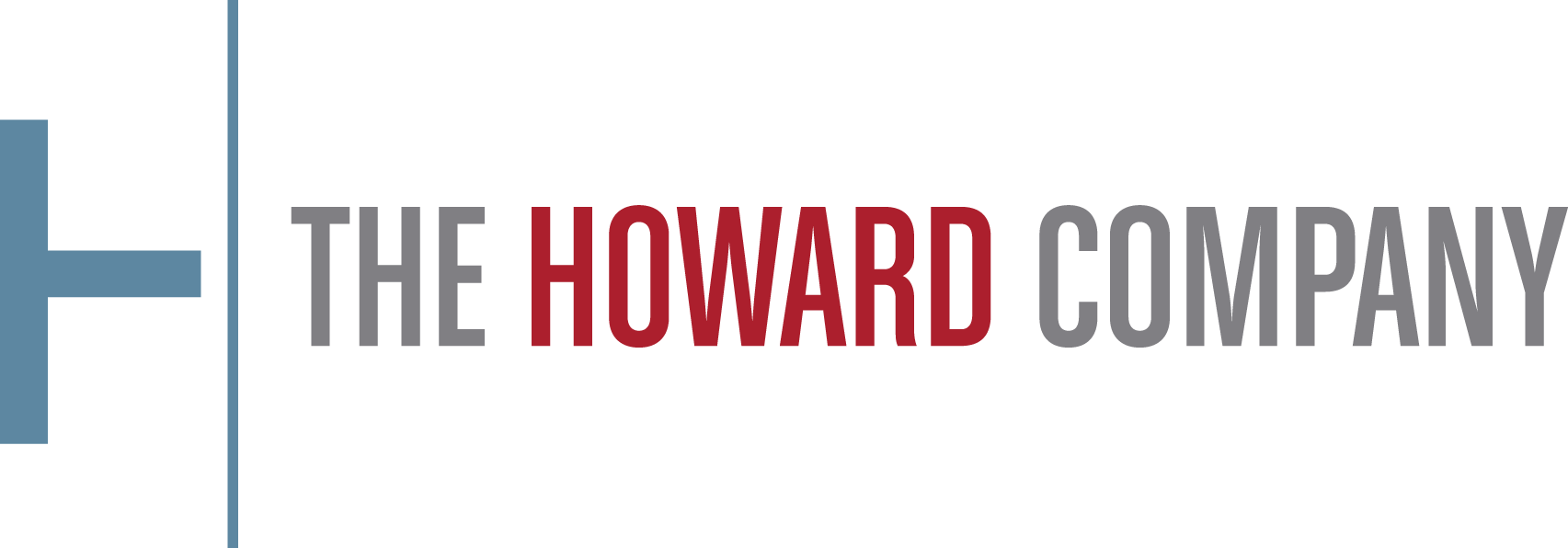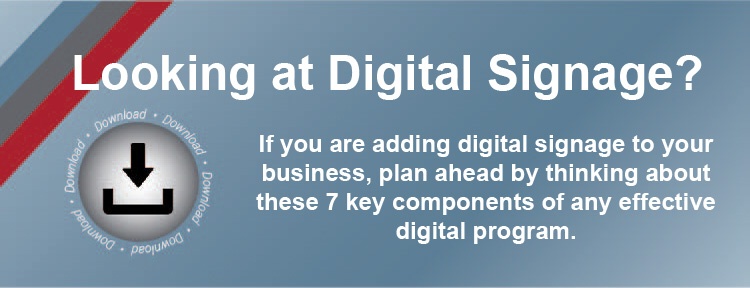Editors note: This post was originally published on November 9, 2015 and has been completely revamped and updated for accuracy and comprehensiveness.

A Gallup poll conducted in December 2016 revealed that 61% of Americans eat dinner out at least once per week. The $761 billion we spend on dining out was a whopping 4% of GDP. Considering the number of diners walking through quick-serve restaurant doors every day, restaurant operators should be doing their best to make their establishments relevant in an effort to keep their dining rooms full of happy customers. Enhancing the dining room experience using digital menu boards is an easy and profitable way to do just that!
Unfortunately, not all restaurant operators understand the best ways to use digital menu boards or what it takes to engage and maintain the guests who look at the screens for menu content. Here are 6 considerations to take before you step into the digital menu board craze.
1. True or False: All Digital Screens are Equal
Don’t make the mistake of thinking a digital TV screen will be all you need. Off-the-shelf TVs are NOT the solution – they are constructed for home use, not for continuous display in a restaurant setting. Commercial-grade digital screens are designed and built for 24/7 operation at resolution levels meant for viewing in public areas. They are tested in and made for the restaurant environment. Yes, the initial outlay will be more, but you won’t be replacing the screens after using them for a limited time. You don’t want your digital menu board hardware to fail at crucial service times and not have the ability to display your menu when you need it, or not have the support to get up and running again.
You may want to consider testing a single digital restaurant menu before investing in a complete system. Trying out a single digital screen with a simple design template promoting your menu with pictures or showing healthy food options not only engages waiting diners, but can set the tone for the atmosphere and experience you want guests to have at your restaurant.
2. Too Much Content=Customer Confusion
Millennials seem to spend more time than most reviewing menu board offerings, suggesting they are looking for new items or dining experiences. Older diners look for familiar listings. Some statistics show one-third of consumers order the least expensive items from menu boards because they are easier to find. Putting too much detail on any menu board is confusing to consumers, takes too long to read, and when the restaurant is busy it pressures guests to make quick decisions to keep the line moving.
Many restaurant operators are looking to simplify their menu mix, benefiting both their bottom line and helping restaurant guests find and order the food they want. Digital display menu boards can help with maximizing menu board real estate because they employ all of the available space to display content whereas many static boards require fitting content into a fixed frame or on strips. Digital displays allow you to easily group content to make it is easy for consumers to see and understand your offerings.
3. Don't Think Your Digital Menu Board is the Same as a Static Menu Board
Digital menu boards for restaurants are almost a living, breathing thing – it must constantly be visually engaging, whether it’s changing out a food picture or menu listings according to the service time (breakfast, lunch, or dinner) or running a news stream across the bottom of the screen. It would be a mistake to set up a digital screen and then leave it unaltered for months at a time. Missed sell opportunities such as doing a quick menu update when you get a great price from your wholesaler on a food item, or not changing your menu mix according to the seasons can affect your bottom line.
As an informed business owner you are cognizant of your most profitable items, and you have the sense to know they can change. You must be willing to spend time to keep content current on a digital system to make the most of these changes. However, ROI isn’t always measured by bottom-line dollars; the value gained in local messaging opportunities, branding, and customer experience can’t always be quantified by net profits. Look for an easy-to-use digital signage solution with a software template you can access and update at times convenient to you.
4. Planning, Designing, and Creating Content is Something Anyone Can Do
Studies show consumers survey menu boards looking for familiar food offerings, with the eye going to the center of the display group first, then scanning to the immediate right and left of the center; last to view are the outer edges of the main menu board. Incorporating your menu mix with these considerations in mind takes time and thoughtful planning, whether you have a traditional static menu board or a digital menu system. Operators find it is easier to engage the consumer with pictures of the food items or to suggest a “limited time offer” promotion when using a digital menu board. We’ve all seen static menu boards where food pictures and menu listings are often left unchanged for months or years.
Determining layout and setting up content for any menu board system isn’t easy. There is art and science involved in giving your guests an easy way to “surf” your menu board in an organized and cohesive way. This is a function for which you might want to look to experts. Most menu board companies offer free or low-cost design services; using a pro can take a lot of stress off your plate and allow you to focus on operating your restaurant. Smart restaurant operators realize that “one and done” menu boards won’t bring the best ROI; customers want to see an evolving menu mix and to have it delivered in an interesting and engaging way.
5. All Content Management Software is the Same
Content Management Software (CMS) is as varied as the type and size of screen options available. Look for a CMS that YOU can easily operate, especially if you are doing the entire screen programming yourself! Some programs have “zones” to upload information in to, and options to link to internet sites for live streaming (think: ESPN, local TV stations, CNN, etc.). Digital signage software is as important as the hardware component! Many providers offer free software programs as a part of their digital signage solutions - ask about it when doing your research.
If you have multiple locations, you may want the ability to do system-wide changes from your office computer. Or maybe you only need a data stick to plug ‘n play your content.
Are you thinking a simple slide show of content will work, or does a more dynamic mix of images, video and changing promotions fit better with your restaurant image? How you want to present your menu mix should be your first decision, and then look into software programs and screens. Be sure the CMS program is one you can live with and understand.
6. It is a One-Time Expenditure that will Last Forever
Most digital menu board screen suppliers suggest the average lifespan of a digital menu board system is six to eight years. Upfront costs include the digital screen hardware, equipment needed to properly and safely hang the system, menu system programming software, and digital content creation. Plan on budgeting for equipment maintenance, hosting, content updates, and equipment replacement as needed. Because so many systems operate wirelessly or need to access the internet for live streaming, you may have extra expenses in assuring good internet service.
If you don’t own your digital menu software program, the budget should include monthly or yearly program fees. A good analogy would be to compare having a digital menu board to owning a car: the car is designed to last a certain number of miles but will wear out sooner or last longer depending upon how well you take care of it. As with all new technology, being smart and planning for future expenditures will take the bite off of unexpected equipment repairs or replacements.
Be a wise consumer and investigate all the ins and outs of digital menu boards before plunking down a chunk of money on something that isn’t appropriate for your restaurant. Talk through your needs with an informed digital menu board company that can answer your questions and guide you to the right products. A little bit of research and knowledge can help you avoid making the wrong decision just to be trendy!


